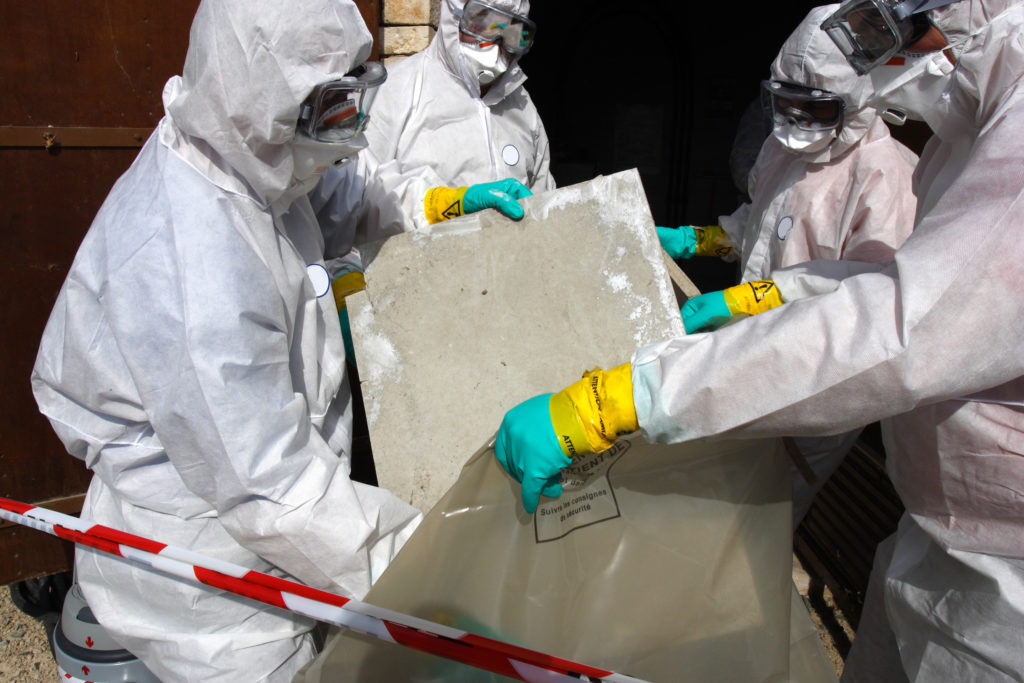News
ASBESTOS ABATEMENT – DANGERS OF ASBESTOS AND HOW TO DEAL WITH IT
What is Asbestos?
Asbestos is a material made from mineral fibres that was commonly used in the construction of homes, as well as residential, commercial, and industrial products, prior to the late 1980s.
This material was widely used because of its versatile and durable nature. The following are various places where asbestos can be found:
- Beneath carpet
- Inside pipes
- In fibre cement sheet
- In flooring
- Within insulation
- On rooftops
- Inside air ducts
Asbestos has been proven to have carcinogenic properties. Because of this, the use of the material is banned in the majority of countries.
It can be easily inhaled and lodged in the respiratory system because it is microscopic and rigid. Usually, asbestos is only hazardous when it’s airborne. This is what happens as a result of the material being degraded or disturbed in some way.
How to Identify Asbestos

One can find asbestos in porous and/or insulated areas. While it can be very difficult to identify with just a visual inspection, it’s usually white or brown and appears thick and fuzzy.
You may have reason to believe that your home contains asbestos depending on the year it was built and the materials used. Our certified WINMAR professionals are able to test the material and come up with an extensive removal or abatement strategy. Check out our asbestos removal page for more information.
Protecting Yourself – Asbestos Abatement

Here are some tips to control the spread and airborne properties of asbestos:
- Do not disturb the materials. It’s important not to shift or remove the material by yourself! If this is done, fibres will be be released into the air, making the removal/abatement process more difficult. It could also increase exposure to the dangers and risks of asbestos.
- Do not clean up fallen debris and avoid using a vacuum cleaner or a broom. Our removal and abatement team will take care of that as it also causes the material to get into the air.
- Isolate the area by closing the door and putting up plastic sheeting. Do whatever you can to contain the material and to ensure that no one can disturb it accidentally.
Once our trained and certified WINMAR asbestos professionals arrive on-site, they will take the proper steps necessary to remove and abate the asbestos by:
- Spraying the material with a binding agent so that the fibres don’t become airborne
- Removing the asbestos using proper Personal Protective Equipment
- Putting the removed material in sealed poly bags
- Using air scrubbing machines to filter the air with HEPA filtration systems
In addition to this, they will provide you with an asbestos-free certificate that you can transfer to new home/building owners!
If you have an asbestos problem, find your nearest WINMAR location to resolve it today.